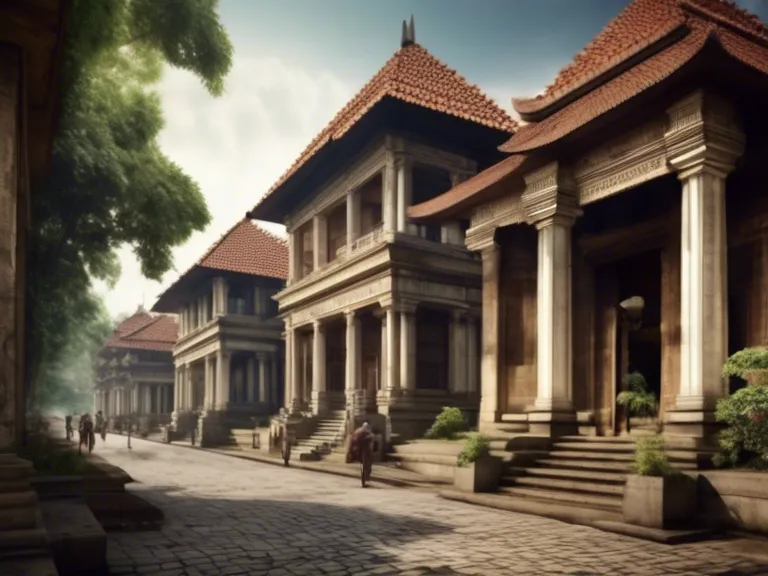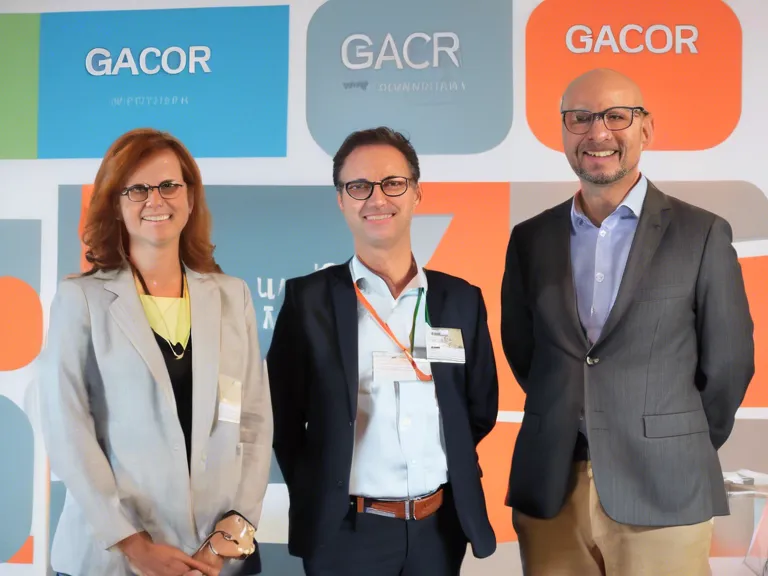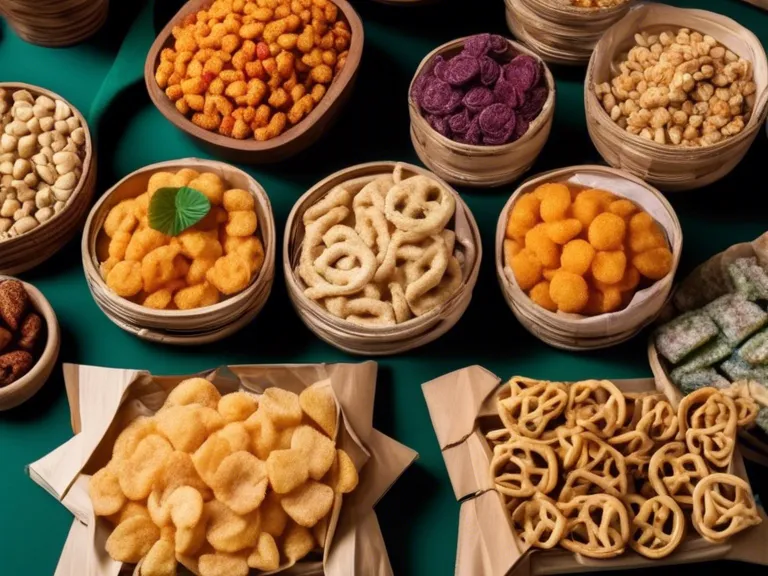
Introduction
Indonesia's ambitious plan to move its capital from Jakarta to a new location in East Kalimantan presents a unique opportunity to integrate cultural heritage into the development of the future capital. The rich cultural diversity of Indonesia, with its myriad of traditions, languages, and customs, offers a wealth of resources that can be harnessed to create a vibrant and inclusive urban environment.
Preserving Cultural Heritage
Preserving Indonesia's cultural heritage is crucial in the development of the new capital. This includes safeguarding historical sites, traditional arts and crafts, as well as intangible cultural heritage such as rituals, dances, and languages. By incorporating these elements into the urban planning process, the new capital can authentically reflect Indonesia's diverse cultural identity.
Architectural Design
Architecture plays a significant role in expressing cultural identity. Incorporating elements of traditional Indonesian architecture, such as Joglo houses, Minangkabau roofs, or Toraja-style structures, can create a sense of continuity with the past while embracing modernity. By working with local architects and craftsmen, the new capital can showcase Indonesia's architectural heritage in a contemporary context.
Cultural Districts
Creating designated cultural districts within the new capital can help promote and preserve Indonesia's diverse cultural practices. These districts can feature museums, galleries, performance spaces, and markets that showcase different aspects of Indonesian culture. By encouraging cultural exchange and interaction, these districts can become vibrant hubs of creativity and community engagement.
Cultural Festivals and Events
Organizing cultural festivals and events can further promote Indonesia's cultural heritage within the new capital. These celebrations can showcase traditional music, dance, cuisine, and crafts from different regions of Indonesia, providing residents and visitors with opportunities to engage with and learn about the country's rich cultural tapestry. Additionally, these events can stimulate the local economy and foster a sense of pride and belonging among the community.
Education and Awareness
Educating residents and visitors about Indonesia's cultural heritage is essential in fostering appreciation and understanding. Incorporating cultural heritage education into school curricula, offering guided tours of historical sites, and hosting workshops and seminars on traditional arts and crafts can help raise awareness and promote cultural preservation. By engaging the community in these efforts, the new capital can ensure the sustainability of its cultural heritage for future generations.
Conclusion
Integrating cultural heritage into the development of Indonesia's future capital is a multifaceted endeavor that requires collaboration between government agencies, urban planners, architects, artists, and the community. By preserving, promoting, and celebrating Indonesia's rich cultural diversity, the new capital can become a dynamic and inclusive city that reflects the country's unique identity and history. Embracing cultural heritage integration in the planning and design process will not only enhance the aesthetic appeal of the new capital but also contribute to social cohesion, economic development, and sustainable urban growth.



